Jump to:
There’s nothing like stepping onto a freshly-mowed lawn in bare feet. Unless, of course, you have artificial grass.
Either way, getting a lush, green lawn takes lots of TLC and some dedication to regular upkeep. Lucky for you, the secrets to achieving brilliant, blooming grass are out!
These lawn care ideas and tips involve weekly, monthly and seasonal tasks. Even if you’re new to the job, this guide will help you reach the top of your turf game.
Gear up your lawn mower and start growing the beautiful green carpet of your dreams!
1. Tackle the weeds, thatch and moss
This unwanted organic matter can hinder your lawn growth. If overlooked, they’ll block air and nutrients from getting to the roots, so keep an eye and get rid of them.
Weeds can appear anywhere, whereas thatch can build up between the leaves and the soil. Moss thrives in areas that have excess moisture and shade. You’ll want to get rid of them all.
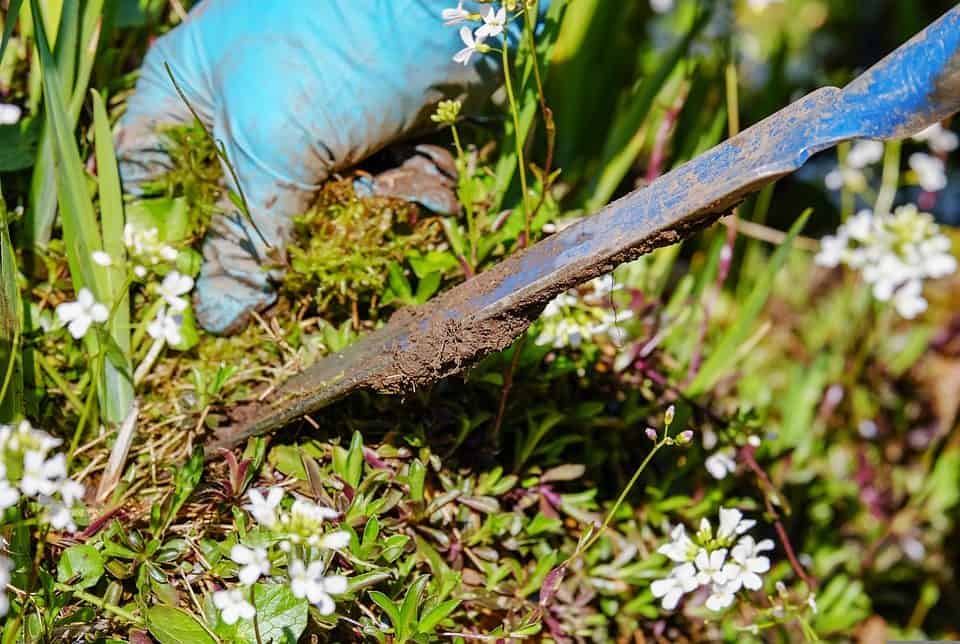
2. Consider mulching
Make use of your grass clippings and mulch them into your lawn, where they’ll decompose. In return, they’ll contribute by adding nutrients to the soil.
Note: A weed-free turf means healthy lawn clippings; otherwise, you’ll sprout new weeds.

3. Aerate to improve drainage
Poor drainage often results in ‘waterlogging’, leading to other lawn complications. Help your grass carpet breathe by aerating below the surface.
This practice will allow air, water, and nutrients to get to the roots, resulting in a healthier yard.
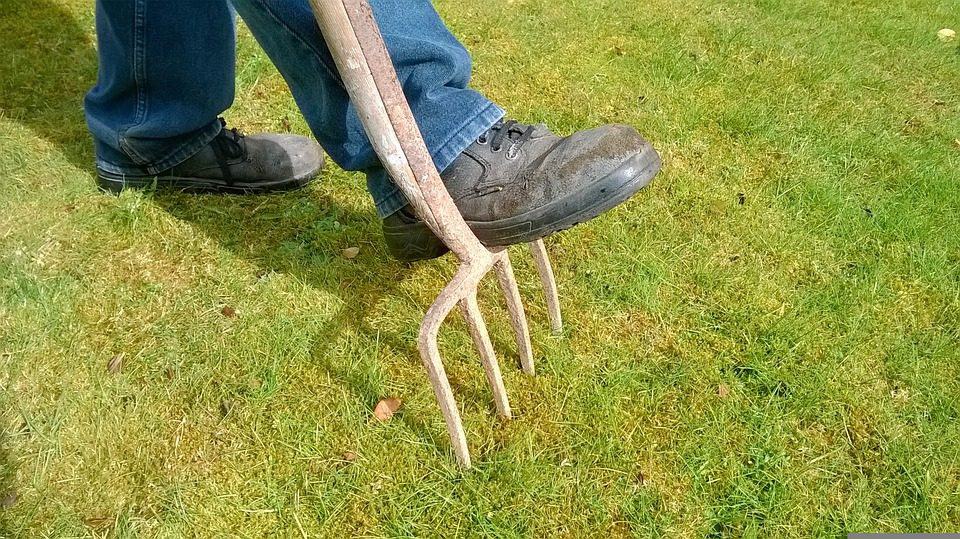
4. Nourish with fertiliser
Your soil may not be able to provide all the nutrients for your lawn, but fertilising can. The type of fertiliser and when you should do it depends on the grass you’re growing.
Warm-season grasses should be fertilised as they come out of dormancy in spring. Feed lightly in early spring for cool-season grasses and heavily in the fall.

5. Know your irrigation needs
Lawn irrigation needs vary by grass type. Generally, warm-season grasses need about 20 per cent less water than cool-season types.
Water to a depth of 6 to 8 inches where the root zone is. Do this at least once every 4 to 8 days to keep the turf healthy and green.
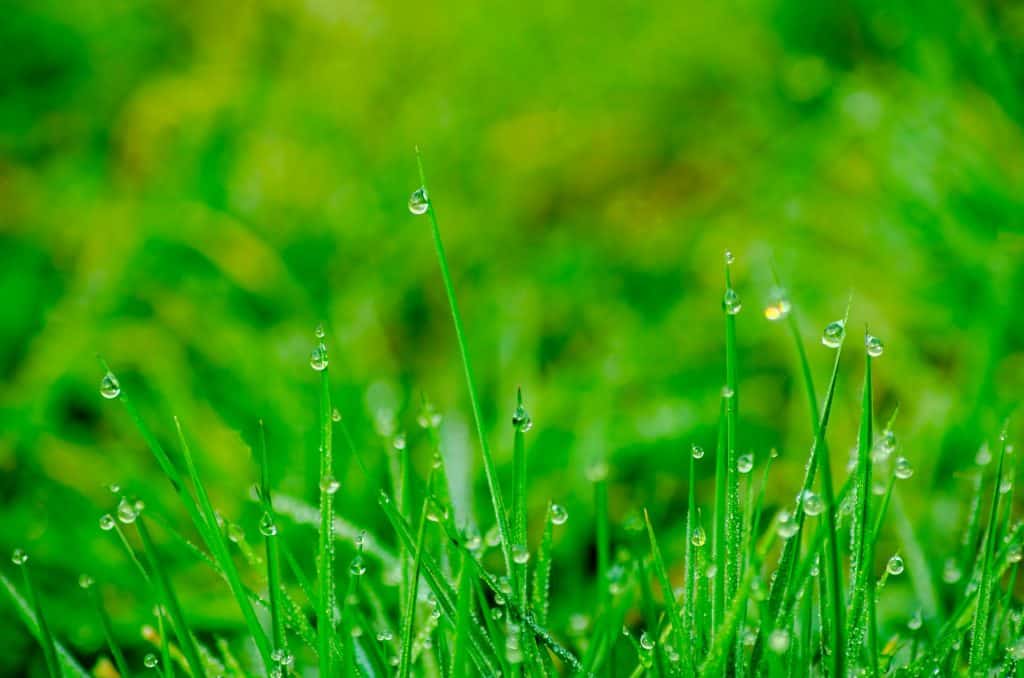
6. Get rid of grubs
If your lawn is brown and patchy, chances are good that grubs are behind it. Left untreated, a grub infestation can destroy your garden carpet.
A natural way to do this is by introducing beneficial nematodes to your grass. Or use dish soap, mix with water and spray it over the infested area.

(Image Credit: Flickr – Cornell University)
7. Apply pre-emergent herbicides
Whether a weed is annual or perennial, using a pre-emergent herbicide helps. It forms a chemical barrier on the topsoil layer that coats seeds. This helps prevent the weeds from growing roots and shoots.

8. Try some soil testing
Before you add fertiliser and other soil amendments, know your soil type and pH level. This way, you’ll know the nutrients your lawn needs to thrive.
Use a soil tester kit or send a sample for a pH soil test to the nearest analysis centre.
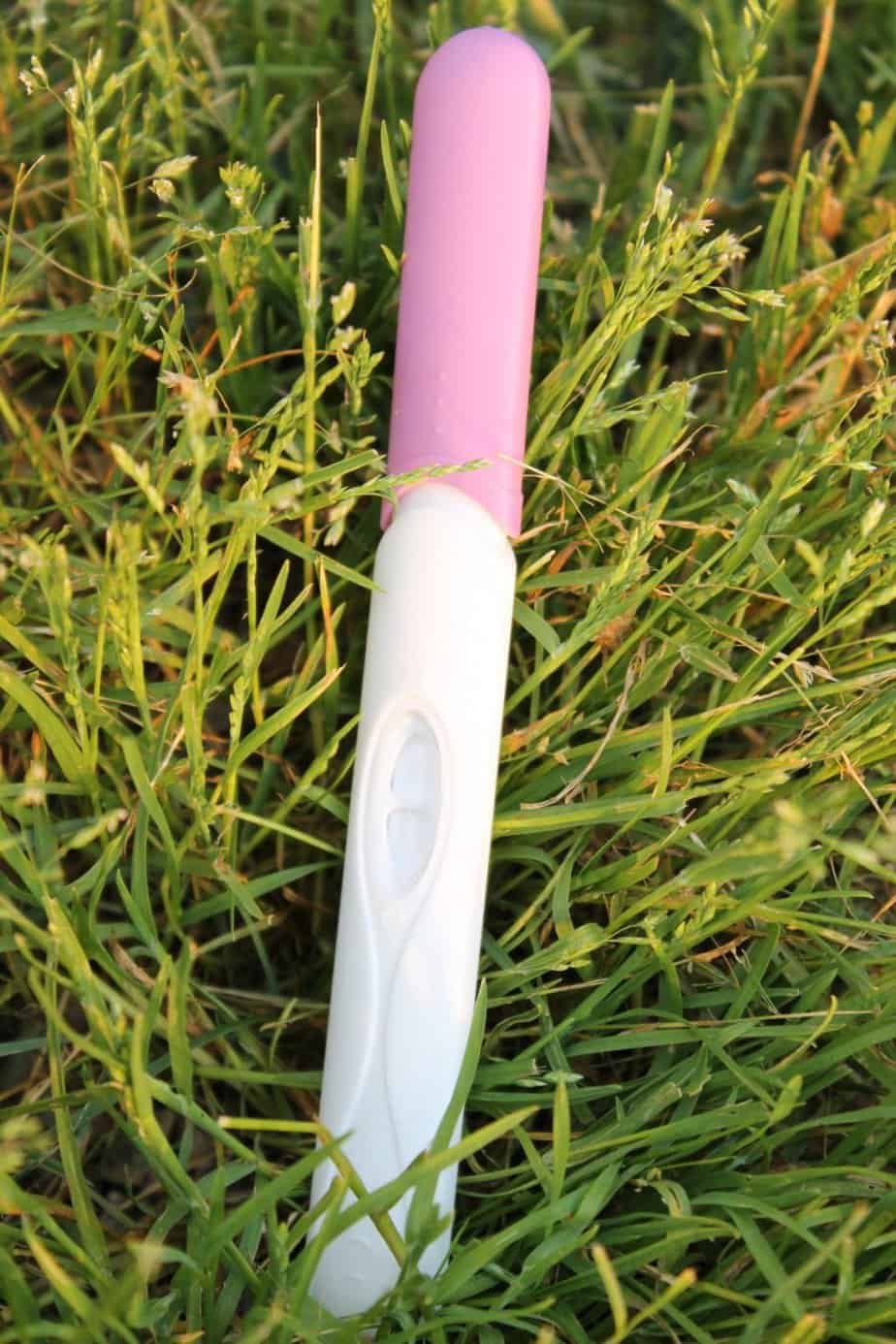
9. Overseeding practice
To achieve even, healthy green grass, use a technique called overseeding. It’s an easy way to fill in bare spots, thicken turf, and improve the appearance.
You’ll need a lawn mower, rake, and seed spreader.

(Image Credit: Flickr – Mike McCune)
10. Have a mowing routine
Regular grass mowing is key to a healthy lawn. Do this at least once a week through the spring and summer seasons.
Power tools like a lawnmower will do the job. Depending on the weather conditions, you may need to mow more or less.
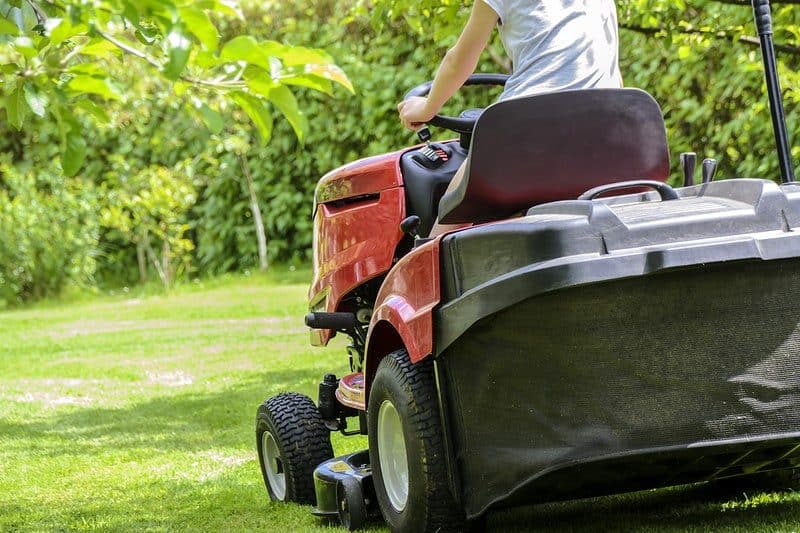
11. Be mindful of cutting
When mowing, never cut more than one-third of the length of the grass blade. Otherwise, this will cause stress to your turf, leaving them more prone to blight and disease.
What you can do is maintain an extra height of 3 inches or higher, especially during summer. This will help protect your lawn from scorching.
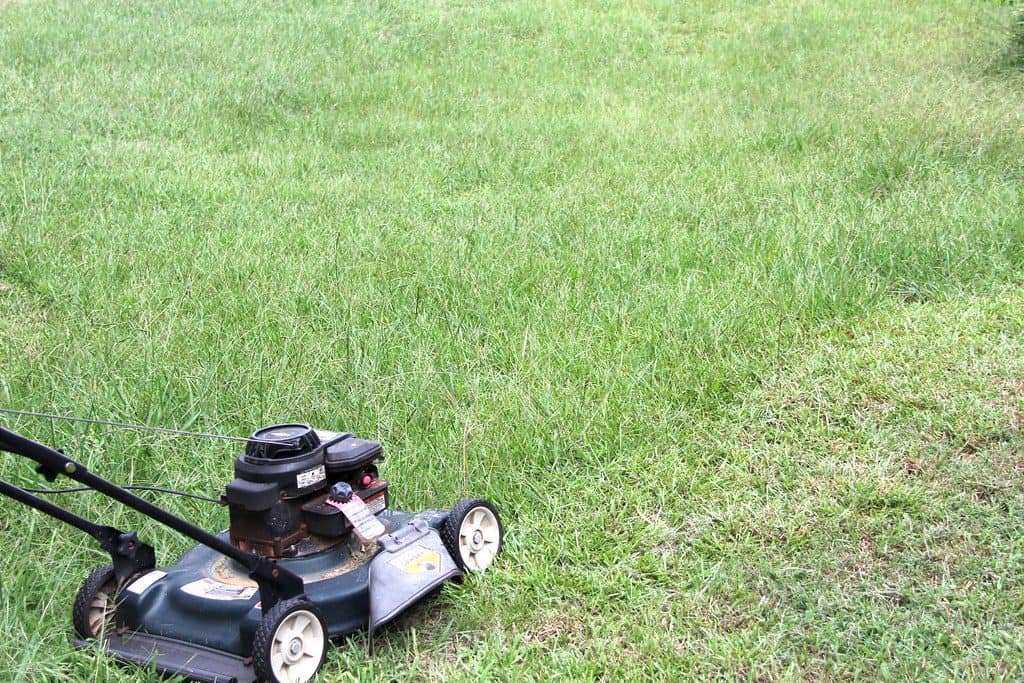
(Image Credit: Flickr – UGA CAES)
12. Keep them hydrated with a sprinkler
Using a sustainable water source is great, so consider utilising a water butt. And to get the most out of your watering routine, use a sprinkler. Make sure it covers the entire area of the lawn.
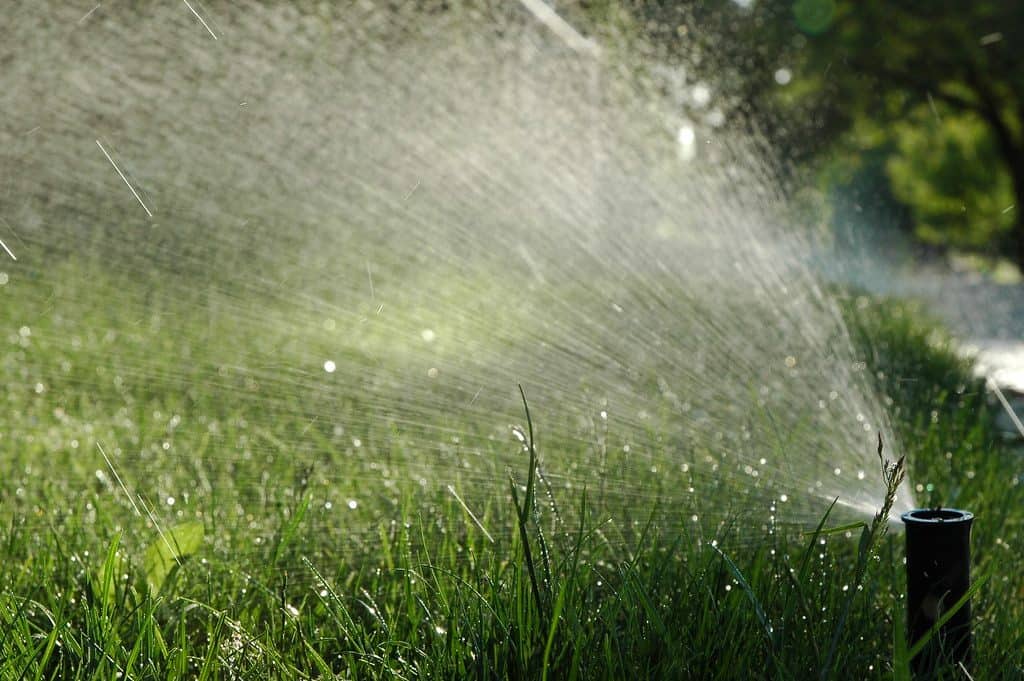
(Image Credit: Flickr – UGA CAES)
13. Don’t forget the edges
A surefire way to elevate the look of your lawn is to get creative with edging ideas. A well-manicured edge will make maintenance easier, besides the aesthetic value.
Use edging shears or invest in cordless, battery-powered devices to get the job done.
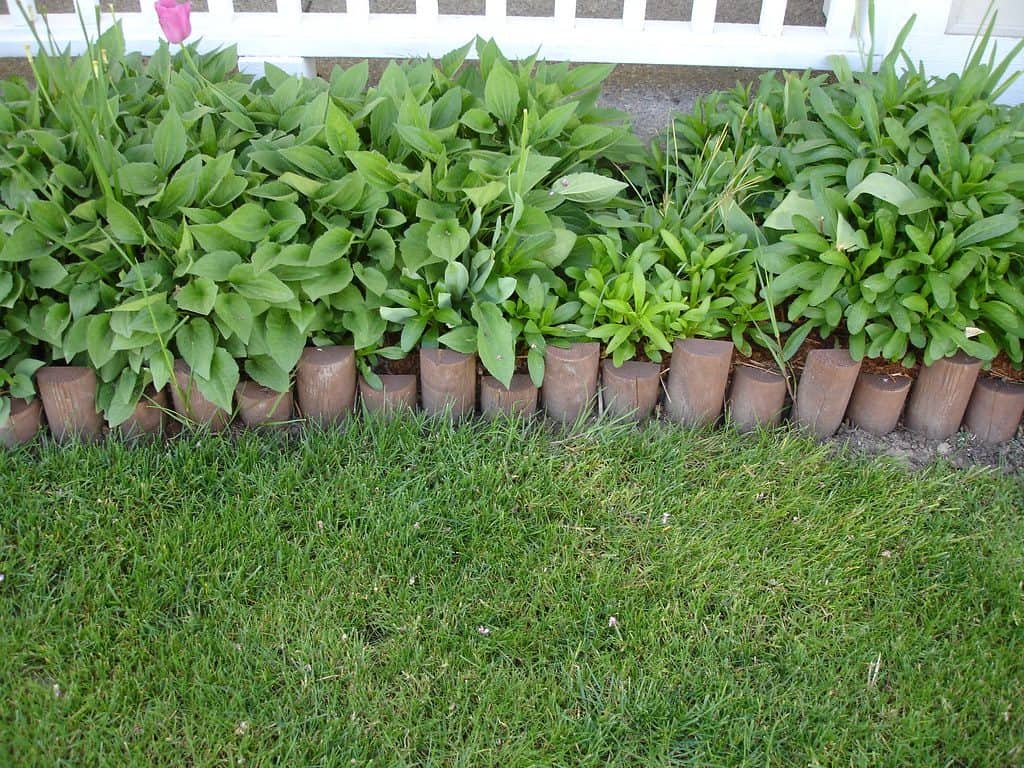
(Image Credit: Flickr – David Sinclair)
14. Topdress with compost
Another natural go-to option when feeding the lawn is adding a layer of compost. When topdressing your turf, use a quarter-inch and a half-inch layer of compost.
For the maximum depth, one cubic foot of compost for every 25 square feet of grass will do.

(Image Credit: Public Domain Pictures)
15. Clear up the debris
Remove leaves from the lawn as they take a long time to rot, and worms can also take them into their burrows. They will also leave empty brown patches that weeds would soon invade.
Rake up fallen leaves regularly, particularly in autumn, and use them as mulch.
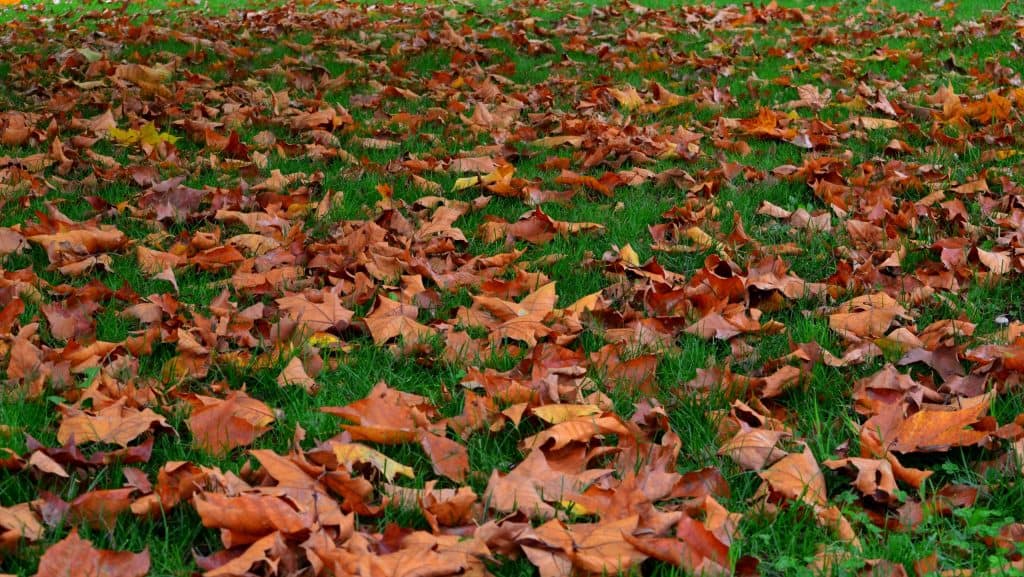
16. Power tools upkeep
Whether you’re using a mower or a petrol grass trimmer, put some care and attention into their upkeep. Clean after use to help maintain a solid performance. And ensure the blades are sharp and the gas is loaded.
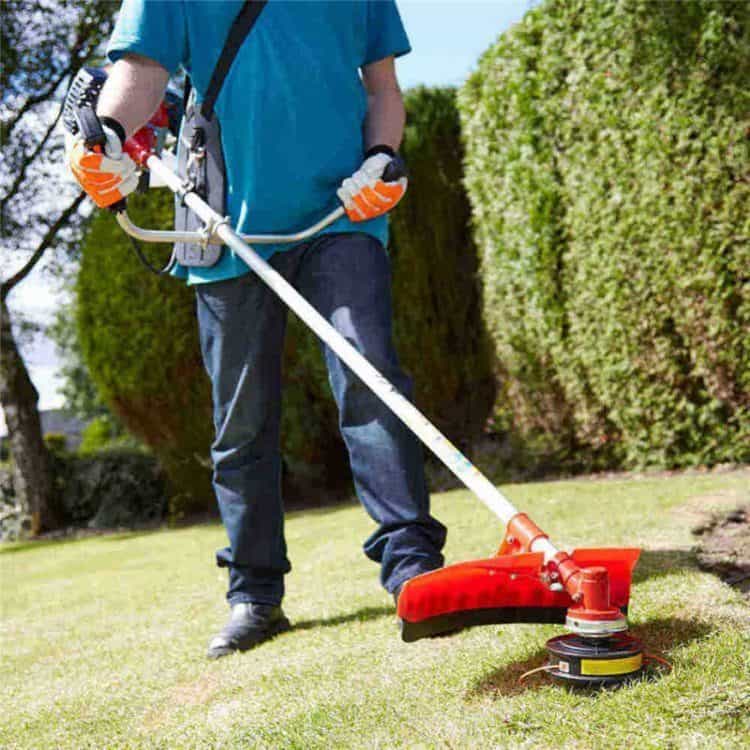
17. Train your dog
Maintaining a pristine lawn with your four-legged friend around can be tricky. Digging, urinating, and treating it like a race track can wreak havoc on your turf.
Train them and set aside a designated space for them to use, ideally a shady and hidden spot – away from the grass.

18. Pay attention to the weather
There’s no reason to water your lawn if it recently rained, and you wouldn’t want to mow if the grass is wet. If your area is going through a drought, mow less as grass grows slower.
Observing the weather will help you adjust your mowing and watering schedule.
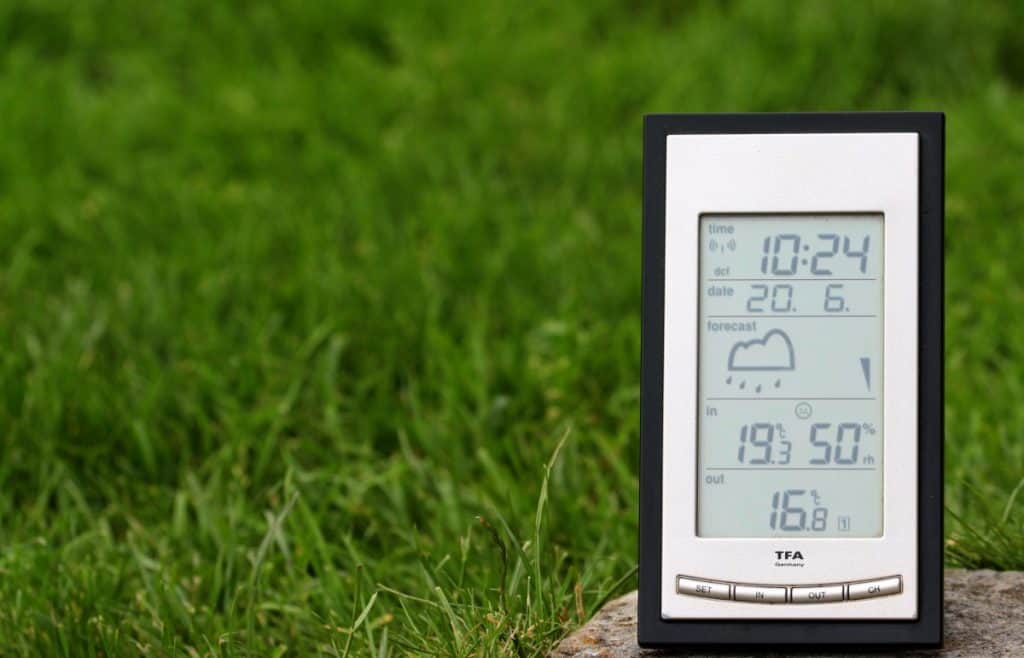
19. Water in the morning
Water your lawn early in the morning, between 6 and 10 AM. Avoid doing so during the hottest parts of the day, as heat will cause water to evaporate. For this, you can use a sprinkler and set the timer at the ideal time.

(Image Credit: Flickr – Don DeBold)
20. Beware of too much scalping
Although scalping delivers more sunlight to lawns, cutting them too short can be a kiss of death. Mowing so short that the stem tissue is exposed can cause damage, and turf will turn yellow or brown.
Mow at the right height for your lawn and stick to it (see #11).
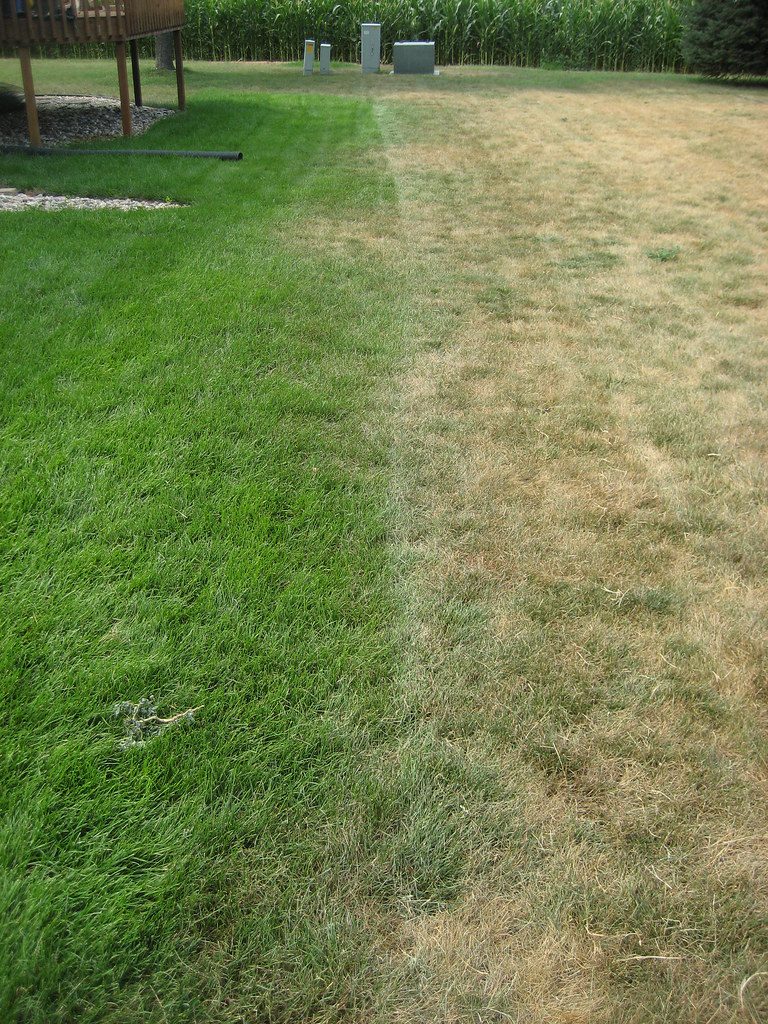
(Image Credit: Flickr – Denise Krebs)
21. Lay sod
Install sod before your area’s rainy season to let nature helps keep it watered while rooting. Remove your old lawn before laying new sod to achieve a healthy root system.
Avoid walking on it as you lay it, and rake out any footprints you make in the soil as you go.
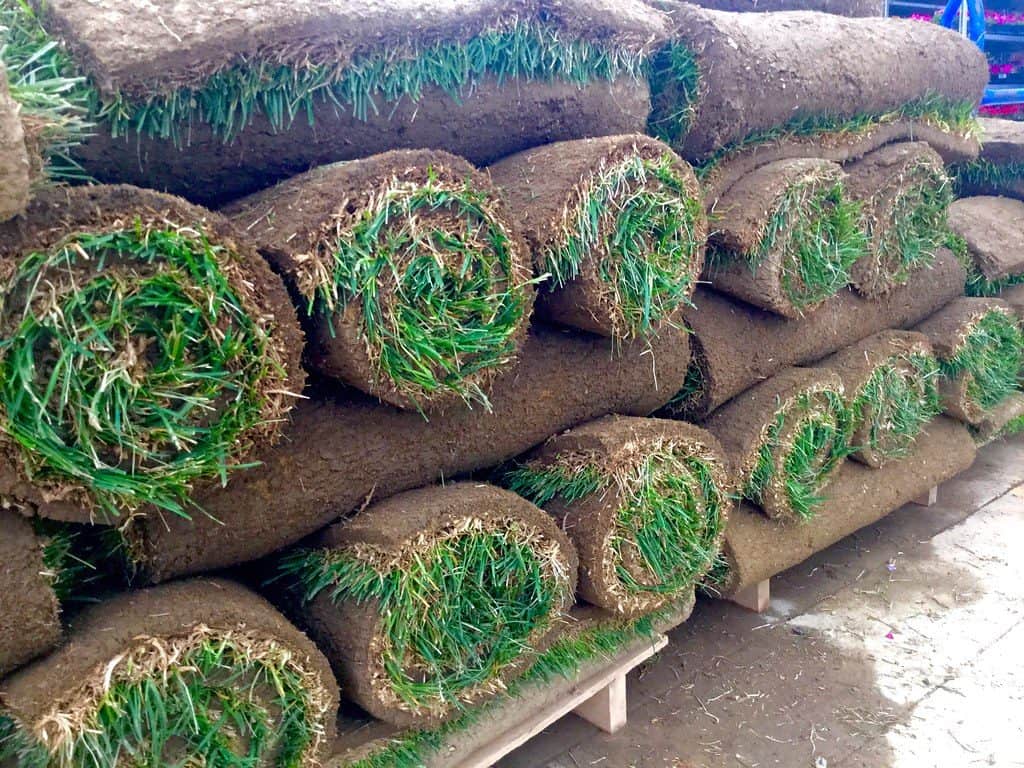
22. Winterise
Grass will likely have stopped growing when the cold weather kicks in, but that’s okay. Cut the lawn one last time before the first snow, ideally in the 1-inch range.
This shorter height will prevent snow mould from forming.
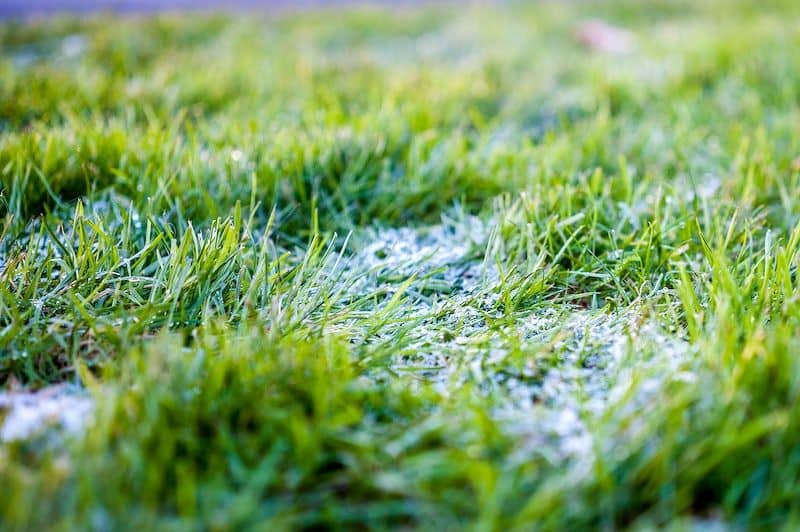
23. Invest in weed control
Keeping weeds out of your lawn is a challenge. Weekly mowing, fertilising, and deep watering can help keep the weeds away. Another is investing in weed control treatments to save you time.

(Image Credit: Flickr – Mike Mozart)
24. Reseed bare patches
Lawn bare patches are usually the result of pet urine and infestations by grubs, to name a few. Repair the bare spots by reseeding them or, alternatively, patching them with sod.

25. Know the best grass for your region
The success of a beautiful lawn also rests on the grass itself. Turf varies in their climate preferences and tolerances for drought and shade.
Grass suited to their growing region creates exceptional lawns, so you know what to do!
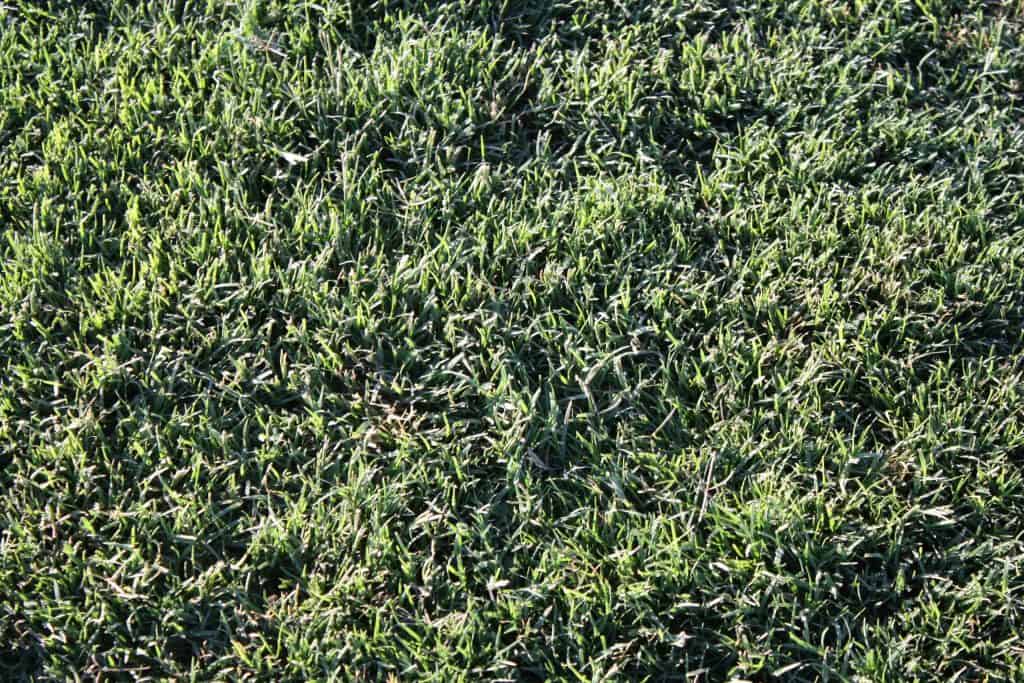
Round-up
Knowing the type of grass you have is a great starting point. Then, learning the best way to mow your lawn, how to feed it, and recover, to name a few, are your next few steps.
Put these lawn care ideas into practice, and you’ll get the greenest and thickest grass on the block!





